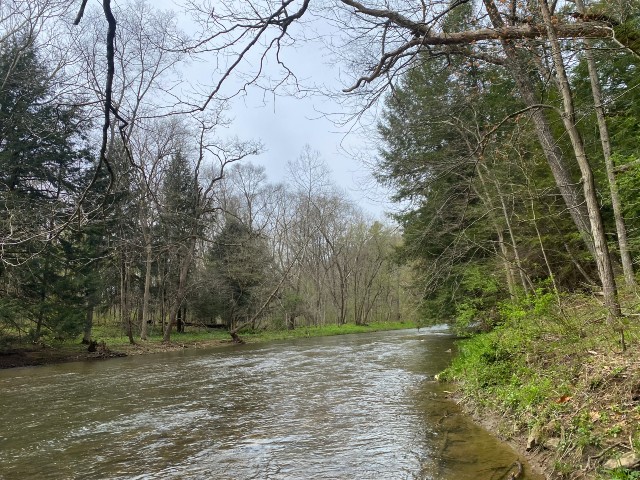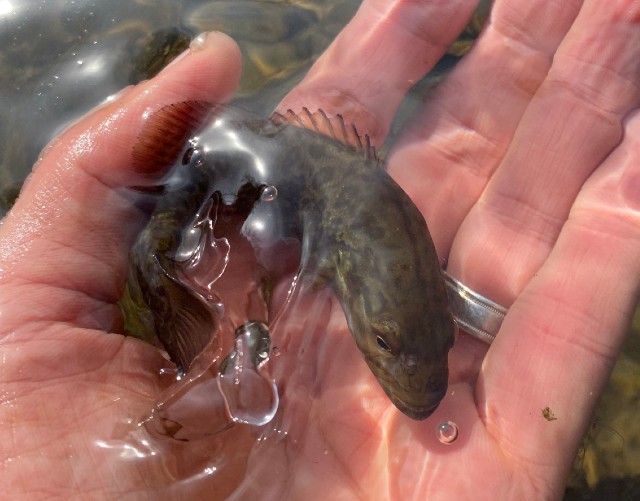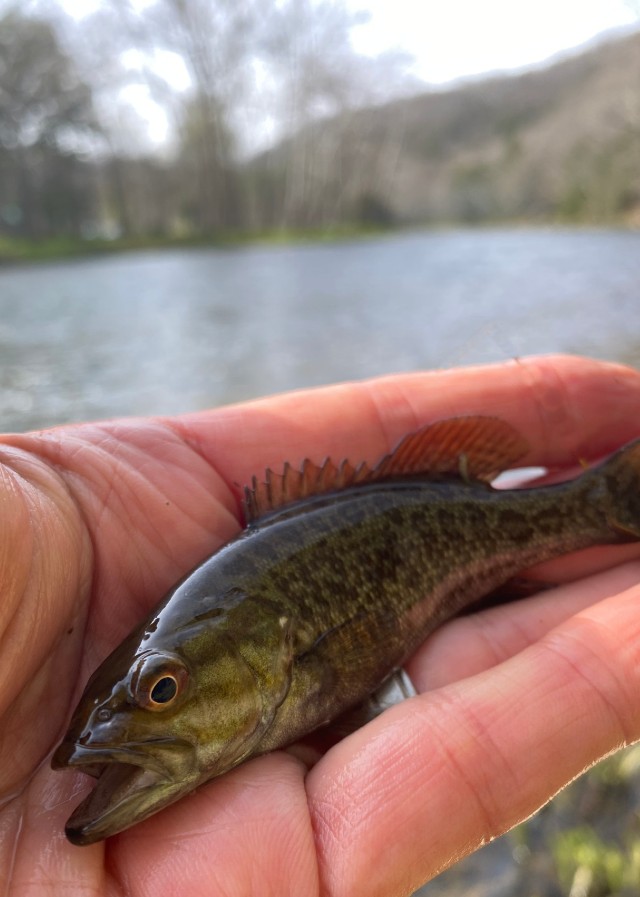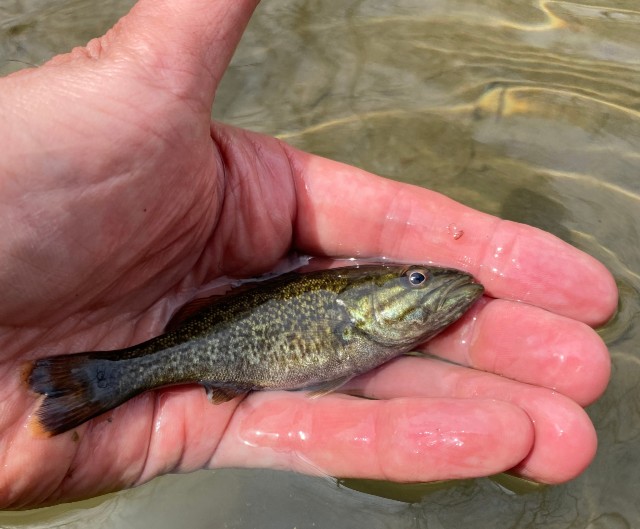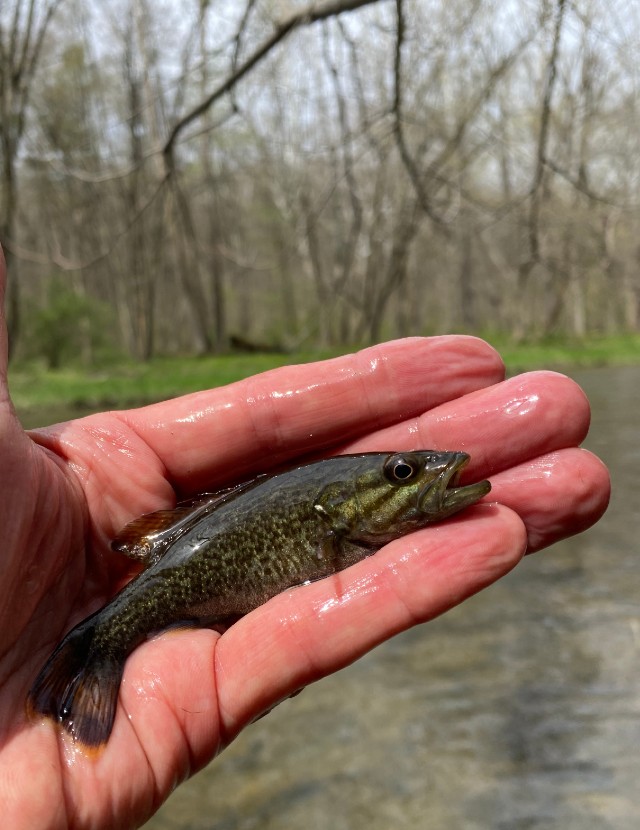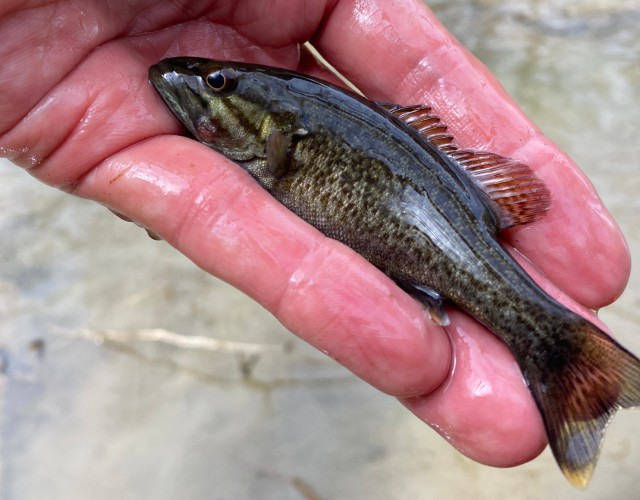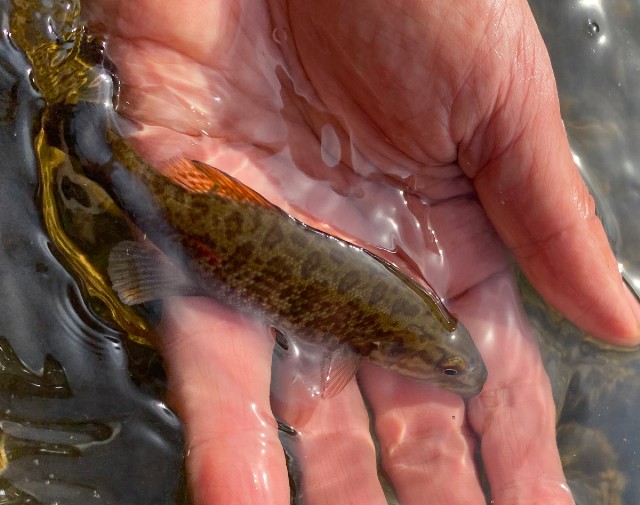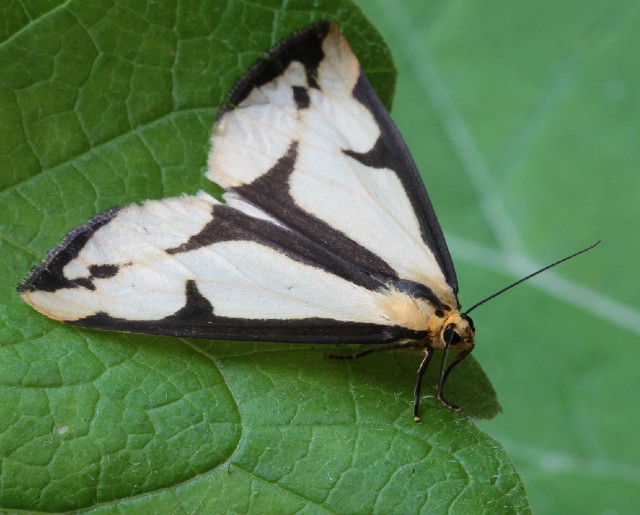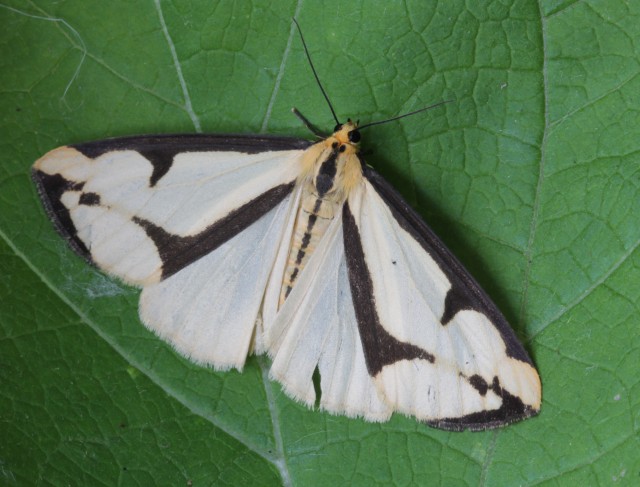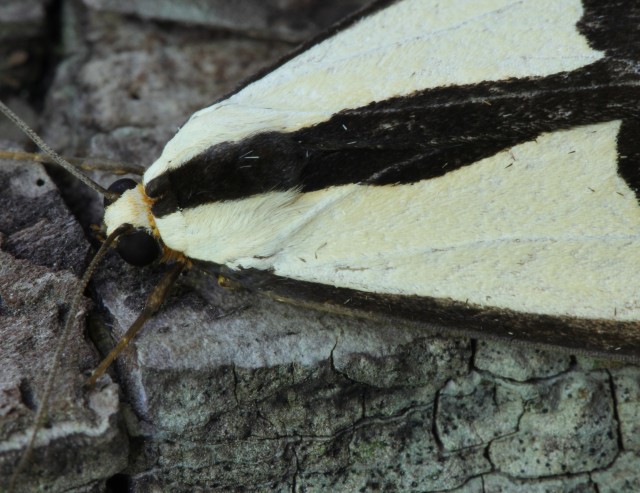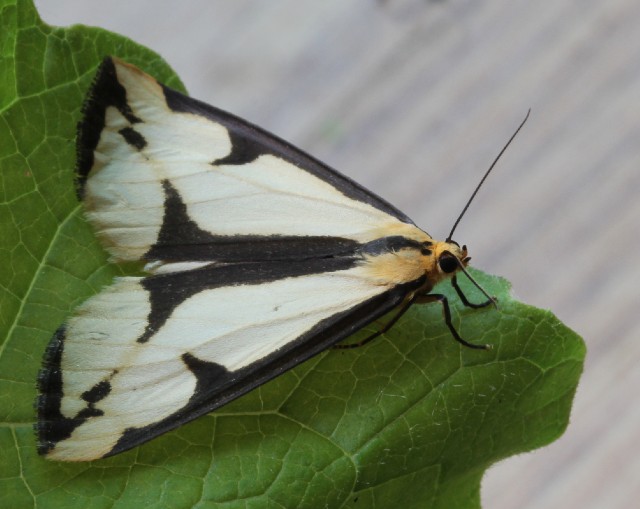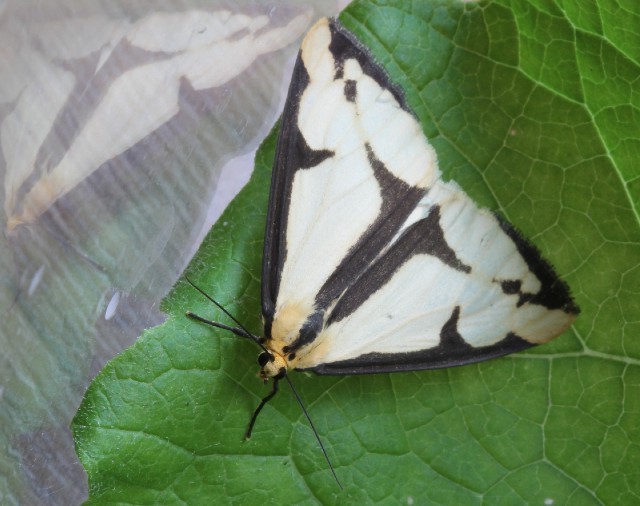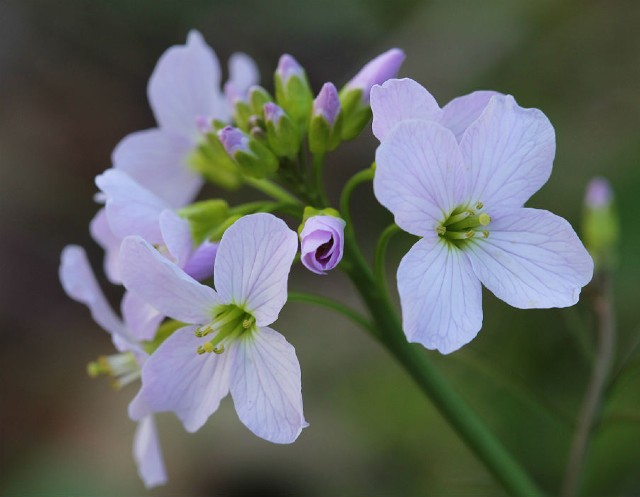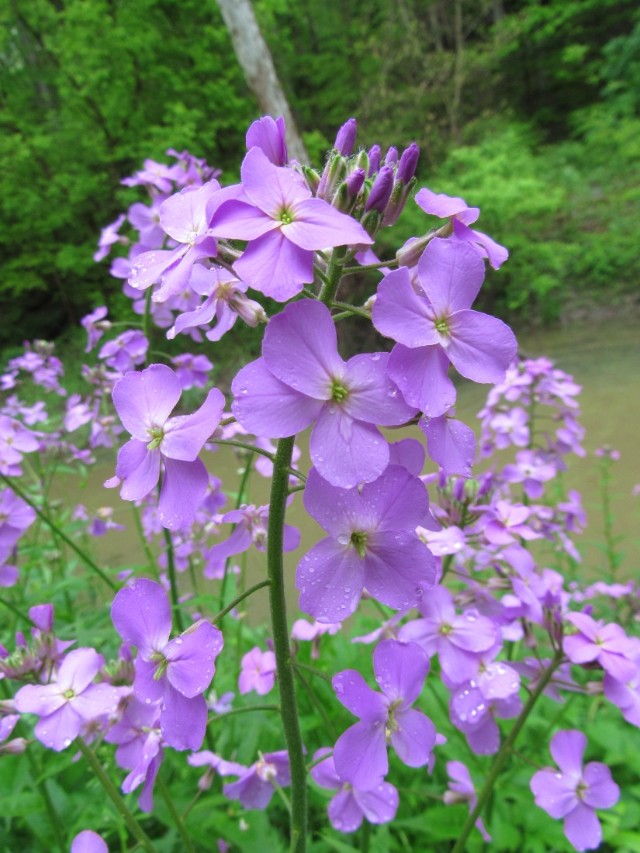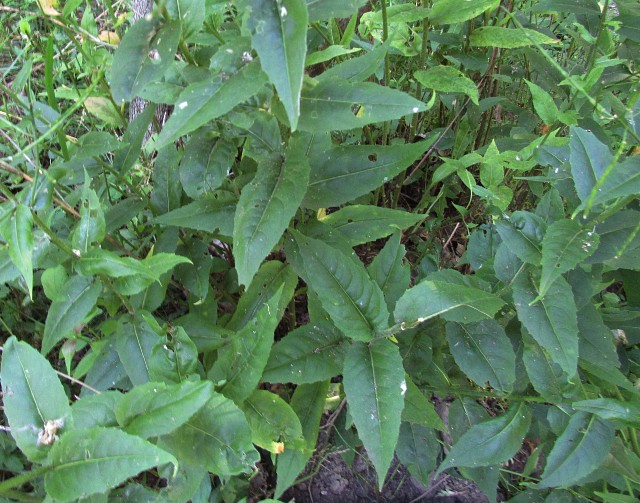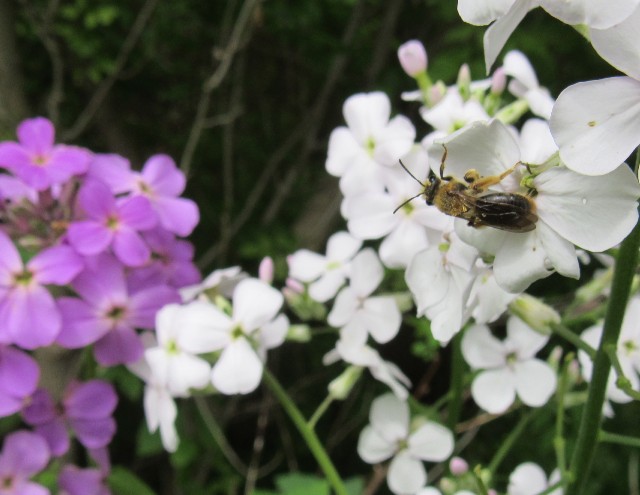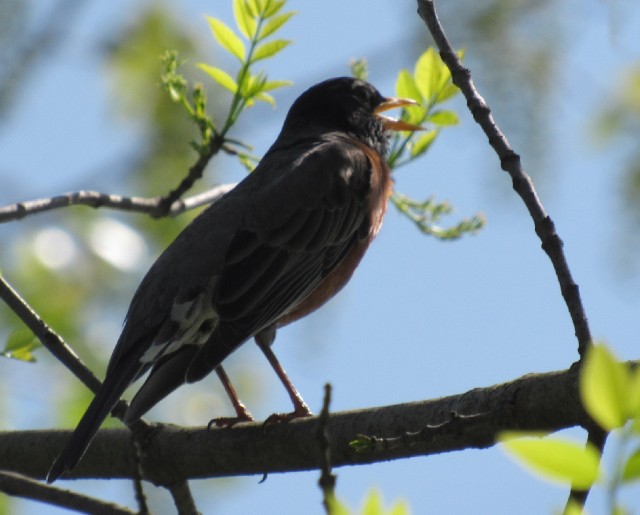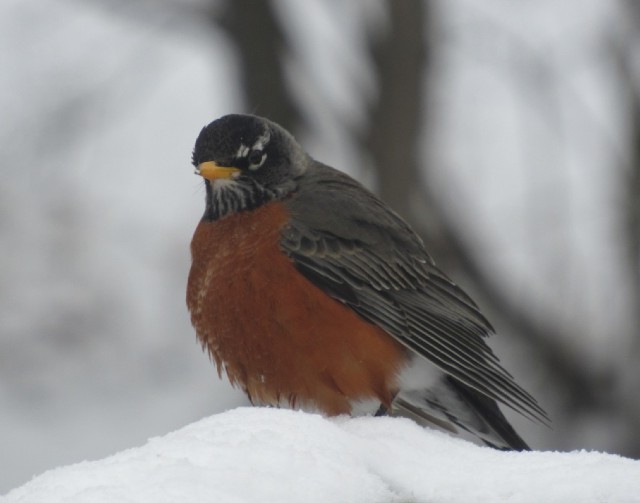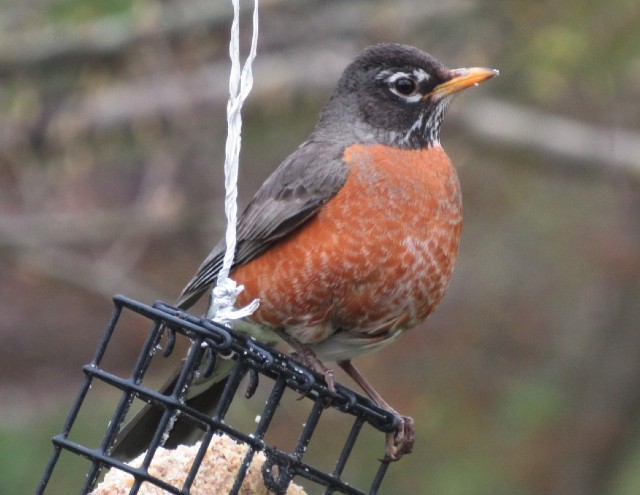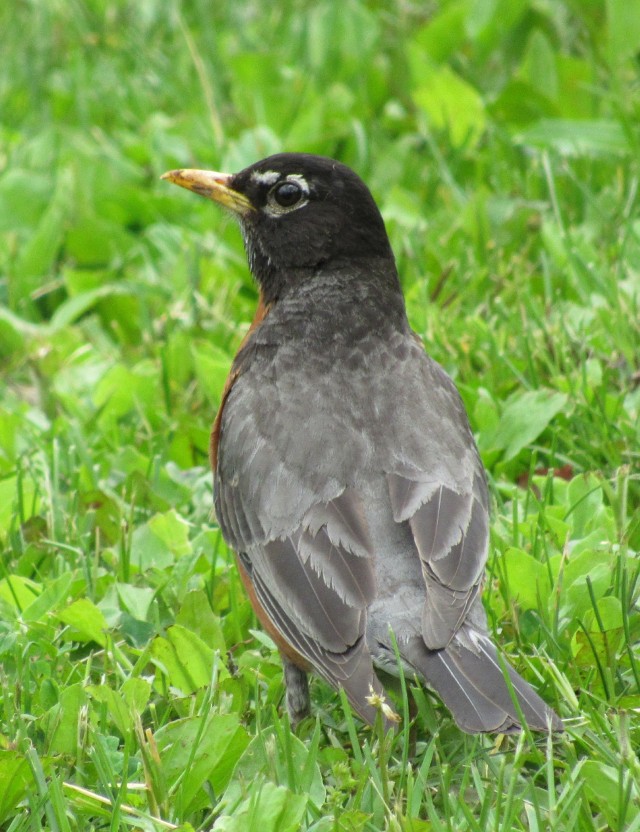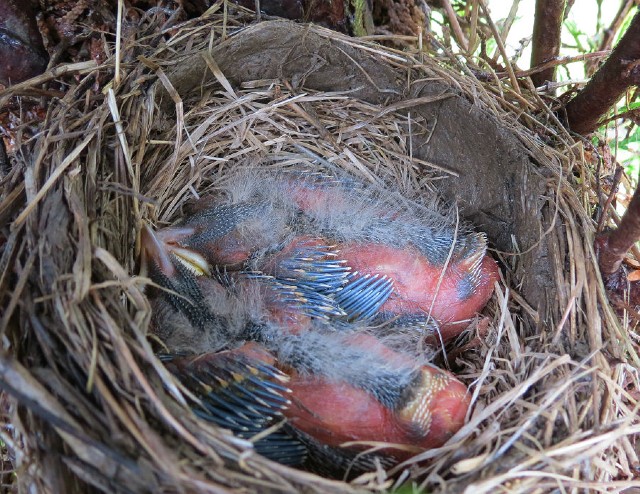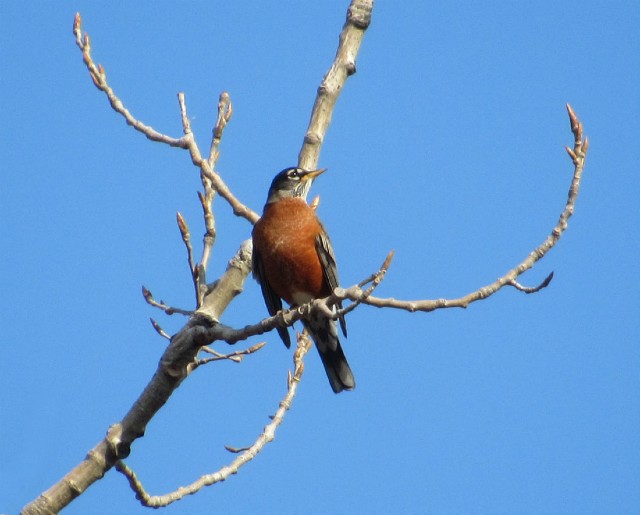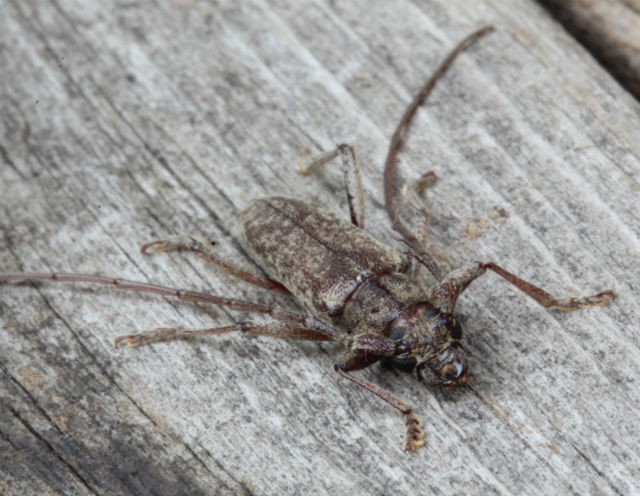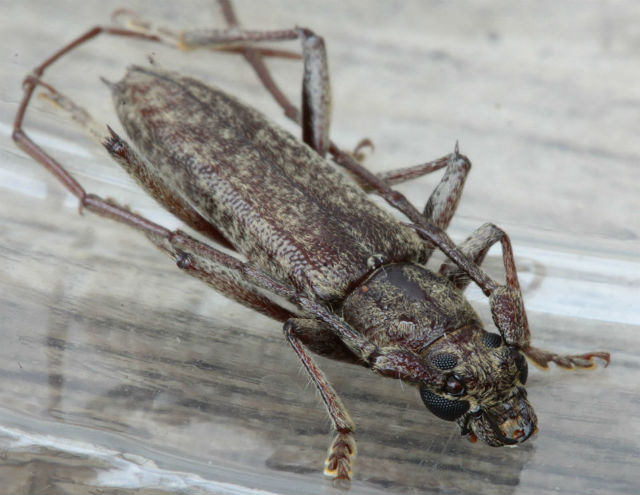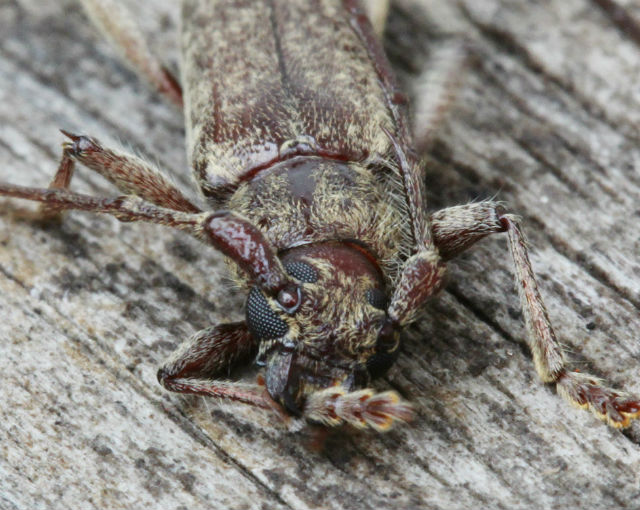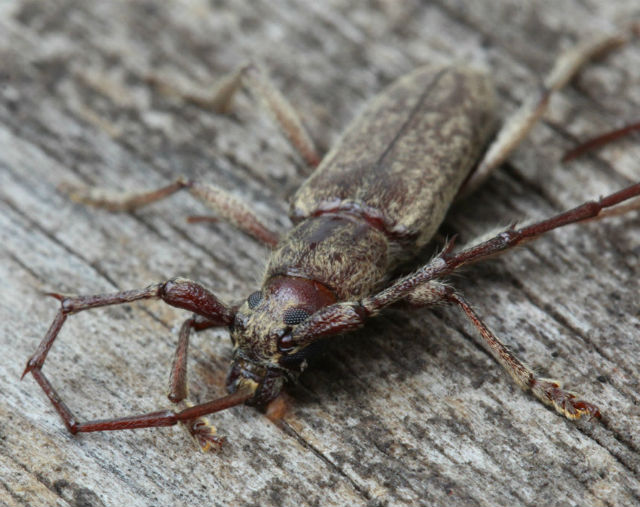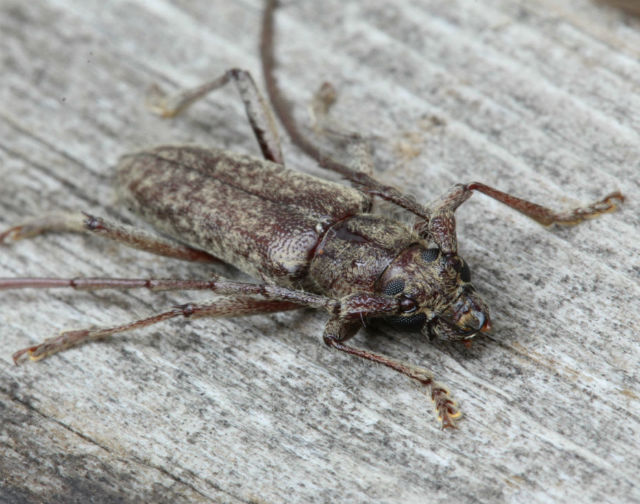While exploring a creek and looking for cool creatures, I managed to capture a couple examples of this fine fish.
As far as game fishing goes, Smallmouth Bass are sometimes overshadowed by their Largemouth counterparts, but they are still easily one of the most popular sportfish species in North America.
Smallmouth Bass have a slender, but muscular body, making them very powerful swimmers. They are found in clearer water than the Largemouth Bass, especially in streams, rivers and the rocky areas and stumps and also sandy bottoms of lakes and reservoirs.
This fish typically ranges in length from 12 to 15 inches and weight from 1 to 2 pounds. However, it can reach 24 inches and 10 pounds. Female Smallmouth Bass are usually larger than males.
The Smallmouth Bass primarily eats crayfish and other large aquatic invertebrates, but it will also feed on a small fish and flying insects that fall on the water’s surface. They often hang out near underwater structures, such as fallen trees, waiting for food to come by.
In terms of fish identification, the main difference between Smallmouth and Largemouth Bass is just that, their mouths. The mouth of the Smallmouth Bass is large, but only extends to approximately the middle of the eye. The mouth of the Largemouth Bass extends easily past the eye.
This was my first time ever catching this neat species and it made for an awesome time while out and about.

